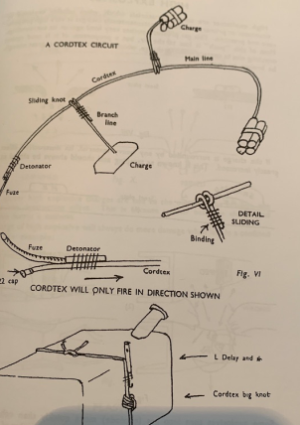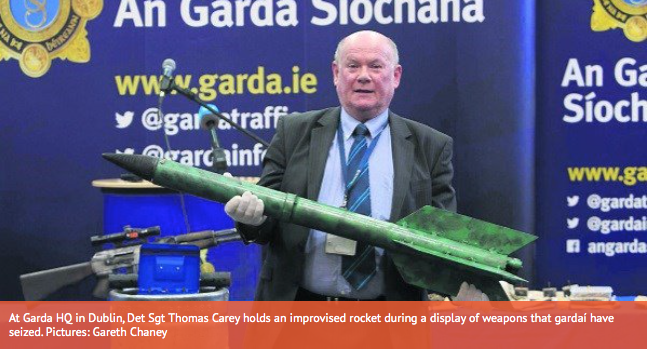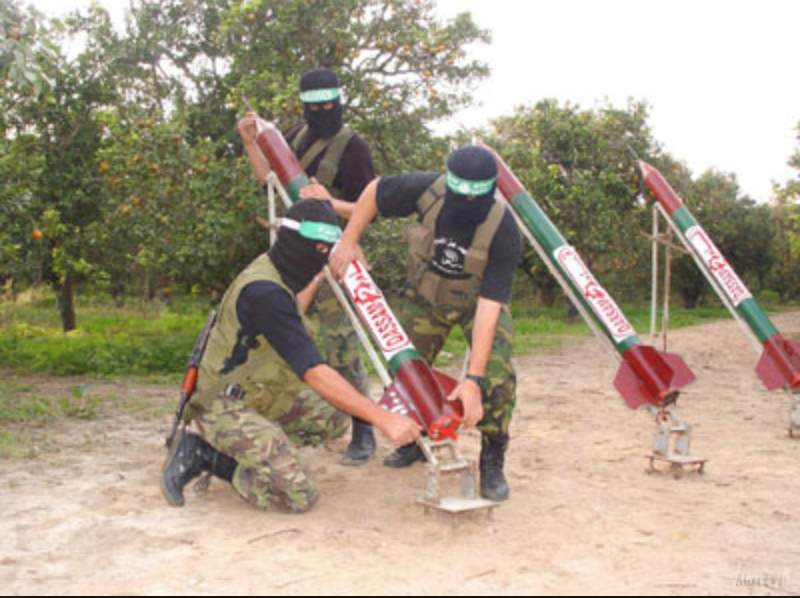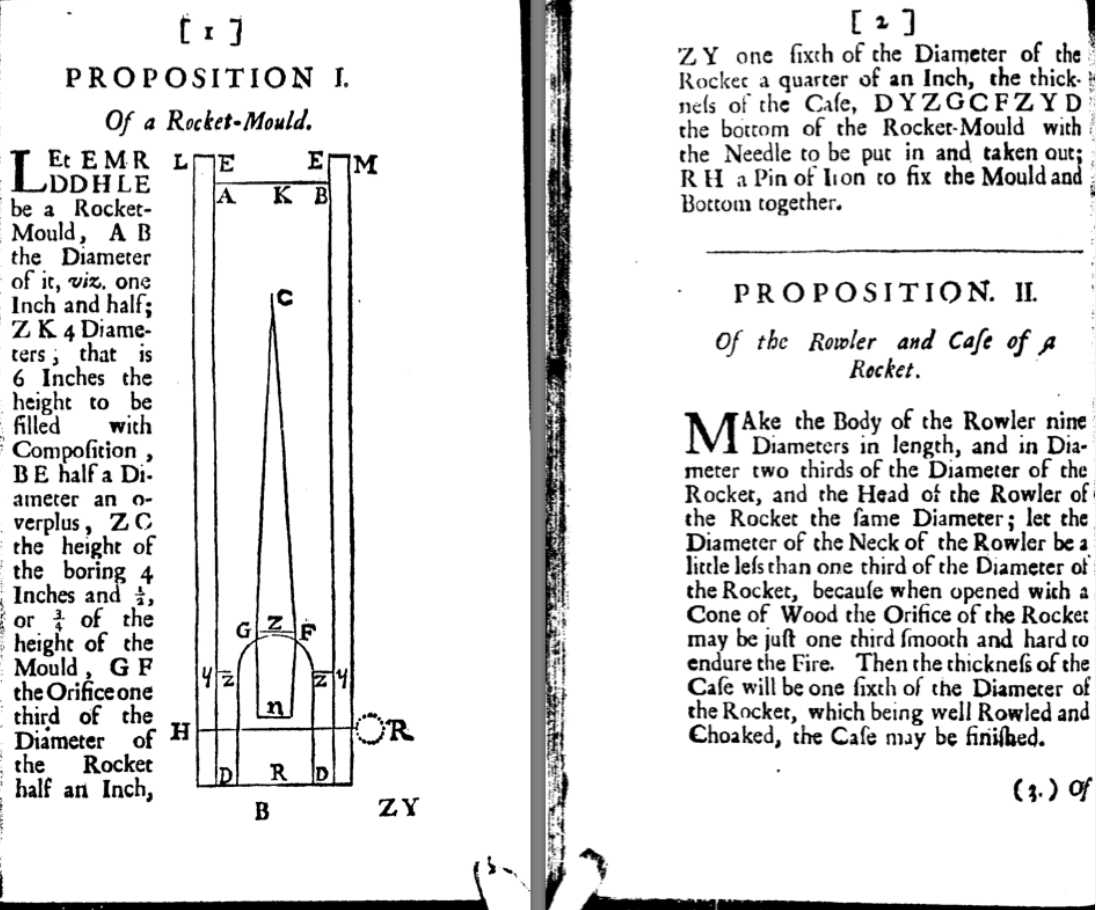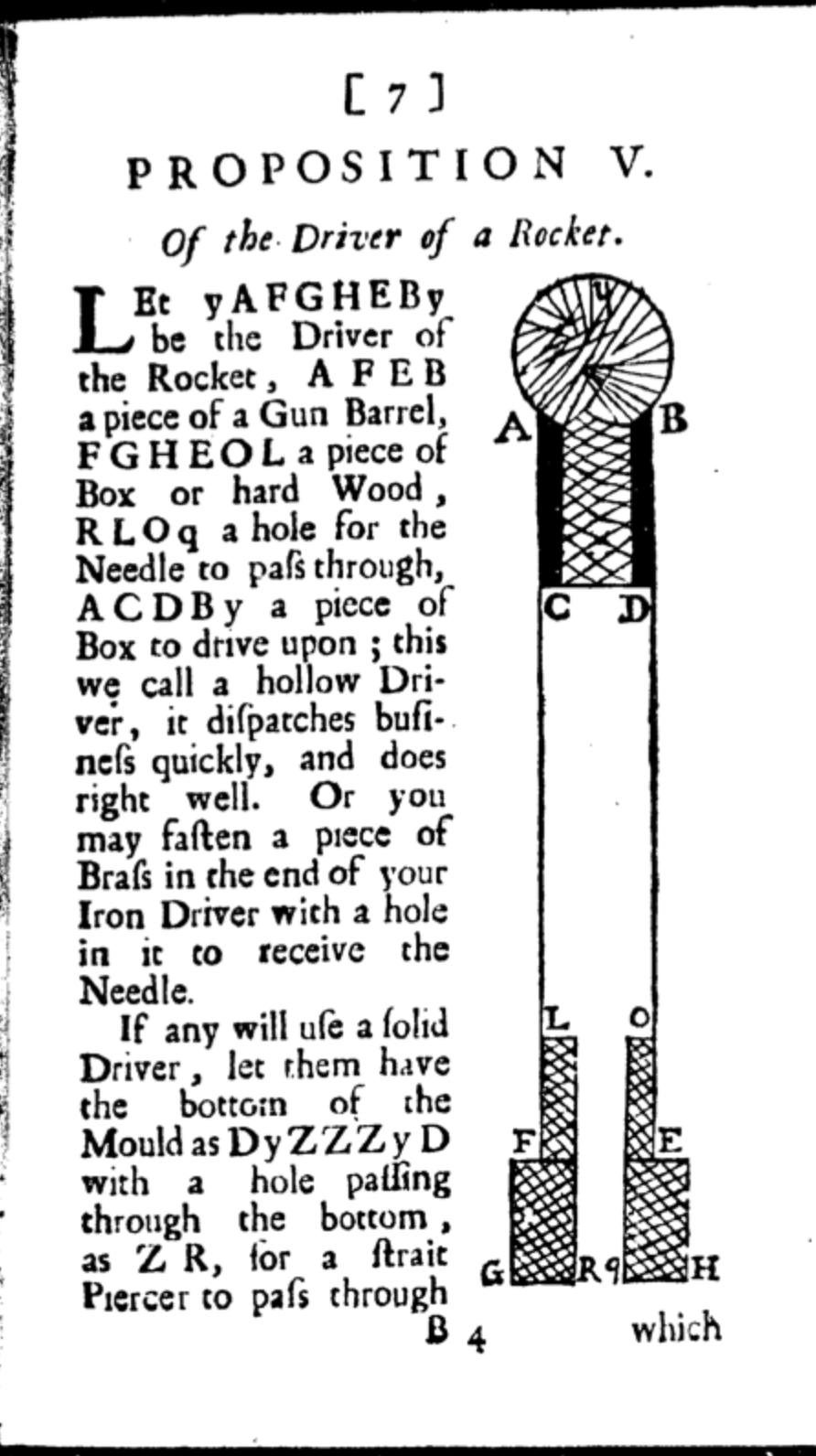As part of my research into the use of IEDs for sabotage in WW2, I wrote an earlier piece about Colonel Ilya Starinov, the key person in developing Russia’s sabotage activity in WW2. More recently I’ve been looking at Britain’s role in encouraging sabotage efforts using IEDs in the same war. Of course there are differences but the parallels between Ilya Starinov, and his counterpart in Britain, Colin Gubbins are actually pretty interesting.
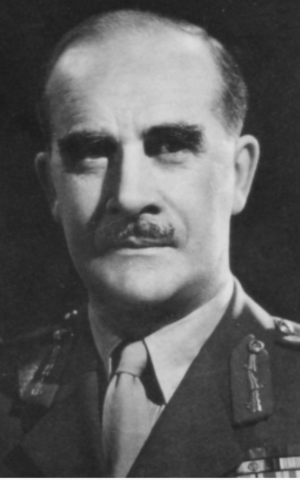
Steely-eyed Gubbins.
Gubbins is well known for his role in leading the SOE during WW2, but his influence I think is broader than that. He was also responsible for implementing the ideas of Churchills “Auxiliary Units”, a plan to mount partisan operation in England if the Germans had invaded in the early part of the war. His 1939 pamphlets on how to conduct partisan warfare were distributed across Europe during the war. I was interested how this apparently traditional Artillery officer became such source for partisan warfare ideas, and it’s an interesting story, and some of the things I have found are startling, to me anyway.
As a young man he was already a German speaker and perhaps comfortable with the concept of living in a foreign country, having lived for a short time in Heidelberg before the war started. His WW1 career was fairly standard for a Gunner officer fighting at Ypres, the Somme and Arras. He was wounded and gassed. It was only in 1919, after the end of the Great War did Gubbin’s experiences slightly leave the norm.
- In 1919 he served for a time on the staff of the British Forces in the North Russia Campaign. This was a peculiar and unusual campaign by any standards. Gubbins would have been aware of activity by Bolsheviks to sabotage railways as part of their battles with the Allies who supported the White Russians. He would have also been aware of British encouragement (by MI6) of IED use by their agents and white Russians in Petrograd,
- At the end of 1919, Gubbins was then posted to Ireland as an Intelligence officer, during the busy years of 1920 – 1922. During that time he attended a three day course in guerilla warfare. Most of his duties will have involved understanding the threats faced by the British Army by the IRA, who were operating a guerrilla campaign. The 18 months or so of this experience as an intelligence officer against an insurgent campaign seems to have sparked a longer term interest in irregular warfare , and started his thinking, in the reverse of poacher-turned gamekeeper. Gubbins was to think hard about gamekeeper-turned-poacher in coming years.
- In 1922 he continued his intelligence career in Signals Intelligence in India, before a range of staff, training and policy posts.
- In the late 1930s, as a Lt Col, Gubbins started to crystallise his irregular warfare thoughts by being the author of key pamphlets such as “The Partisan Leader’s Handbook”. This is actually a fascinating document, for a number of reasons. Firstly it shows that at least someone, in 1939, in the War office was thinking about irregular warfare. secondly I think I can see hints that the author, Gubbins, had studied earlier campaigns and drawn from not only his own experience in Russia and Ireland but also other campaigns I have discussed in earlier blogs such as the efforts of the Arab Bureau in Arabia in 1917 and the German WW1 Lettow-Vorbeck campaign in East Africa. I also sense that his advice on OPSEC is drawn from his experience as an intelligence officer “from the other side of the fence”
As a small diversion in this blog post, I’d also like to highlight a couple of other aspects of the Partisan Leader’s pamphlet that I think are worthy of attention, and that’s to do with the utter ruthlessness prescribed by Gubbins, which in modern eyes are startling. Here’s a couple of examples, but remember this is a pamphlet produced by a Lt Col in the War office in 1939:
- One method of sabotage that is recommended is the contamination of food by “bacilli, poison”. So here is the British War Office advocating biological warfare by partisans in 1939
- Gubbins is equally ruthless on the subject of “informers” within partisan groups. Informers must be killed “immediately ” or at “the first opportunity” and “if possible a note pinned on the body stating the man was an informer. Having personally once had to retrieve such a body that’s a bit shocking as a British document.
Then later in 1939 Gubbins was posted to be Chief of Staff to one of this blog’s favourite characters, General Carton De Wiart, as part of a mission to Poland just before the Germans invaded and war started, advising on Polish partisan tactics. He was with de Wiart as they crossed the Romanian border escaping from the German advance. After that he went on to form commando units which deployed to Norway, and after was tasked to set up the Auxiliary Units in preparation for a German invasion of England, and clearly applied much of his irregular warfare thinking into that.
I find it fascinating to look at a time line of Gubbins’ career with that of Starinov, from about 1918 to 1945. Both experienced in Russia, but on different sides. Starinov starting more lowly but with stronger technical skills, but importantly both learning from their experience and deriving very similar irregular warfare policy developments. Putting aside political differences, both came up with similar solution sets of irregular warfare based around explosive sabotage. Both put huge effort into developing “stay behind” guerrilla operations against invading forces – for Starinov it was the plan to operate partisan groups in Ukraine if it was invaded, developed as a detailed plan by Starinov in the mid 1920s – 1930s, for Gubbins it was the Auxiliary units developed in 1940 to counter German invasion. Gubbins formed the first British Commando units, Starinov formed the first Russian Speztnaz units. Both men ended WW2 running very extensive partisan operations against the Germans. One can’t but help see certain symmetries. One can’t but help see their influence in all sorts of conflict types since WW2. 2003 in Iraq is just one example that could have been based on either man’s plan. I wonder if they were aware of each other?
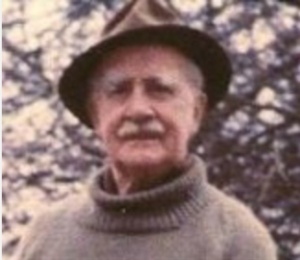
Gubbins in retirement
(Note: Copies of Gubbins’ partisan pamphlets and other Auxiliary Unit material including a fantastic explosive demolitions document, disguised as a British Farmers Diary, 1939, are available. Ping me and I might tell you where from). Here’s a couple of pics – some of you will work out the link to “Highworth”.
